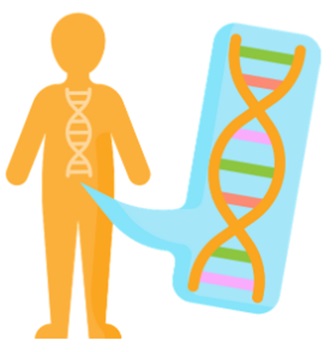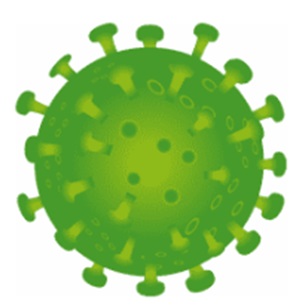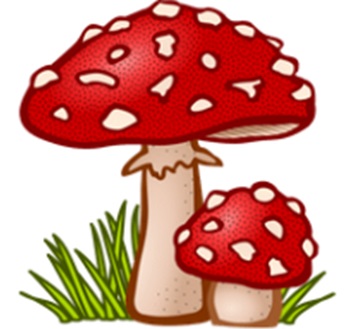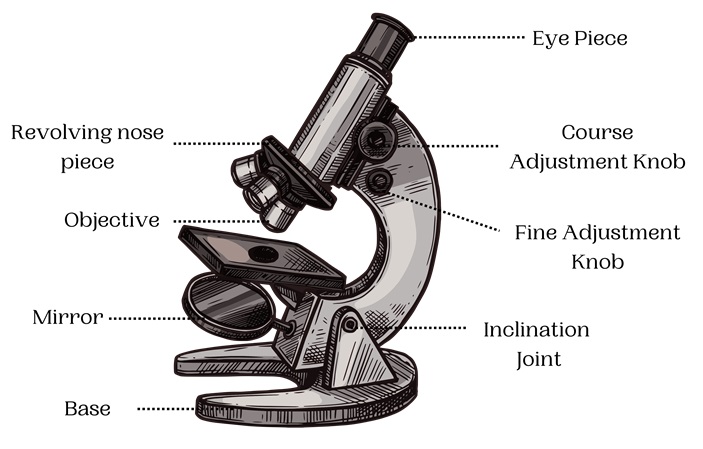Meaning of Diseases and Pathogens
1) How Are Diseases Inherited From Parents to Offspring?
- The diseases are inherited from parents to offspring through the genetic material in our cells.
- Offsprings receive half their genetic material from each parent.
- During this transmission, the genes responsible for genetic diseases are also transferred.
- Such a transmission leads to the occurrence of genetic diseases in the offspring.

2) Why Are Viruses an Intermediate Between Living and Non-Living Organisms?
- Viruses are considered intermediate as they show the properties of a dead organism outside the host body, whereas they are living inside the host body.
- Viruses can multiply only when they are inside the host body. They remain in a dormant stage when they are not inside a host.

3) Fungi Are Often Called Saprophytes. State the Reason for the Same.
- Fungi are a group of microbes that have some similarities with the plant kingdom but lack chlorophyll.
- Fungi depend on dead and decaying matter for nourishment and absorb the nutrients from the same.
- Such a mode of nutrition is called saprophytic nutrition; hence, fungi are called saprophytes.

4) What Is a Microscope? Name the Parts of the Microscope.
- The microscope is a device used to observe microorganisms that are invisible to the naked eye.
- The different parts of a microscope are shown below—

CBSE Schools In Popular Cities
- CBSE Schools in Bangalore
- CBSE Schools in Mumbai
- CBSE Schools in Pune
- CBSE Schools in Hyderabad
- CBSE Schools in Chennai
- CBSE Schools in Gurgaon
- CBSE Schools in Kolkata
- CBSE Schools in Indore
- CBSE Schools in Sonipat
- CBSE Schools in Delhi
- CBSE Schools in Rohtak
- CBSE Schools in Bhopal
- CBSE Schools in Aurangabad
- CBSE Schools in Jabalpur
- CBSE Schools in Jaipur
- CBSE Schools in Jodhpur
- CBSE Schools in Nagpur
- CBSE Schools in Ahmednagar
- CBSE School In Tumkur











